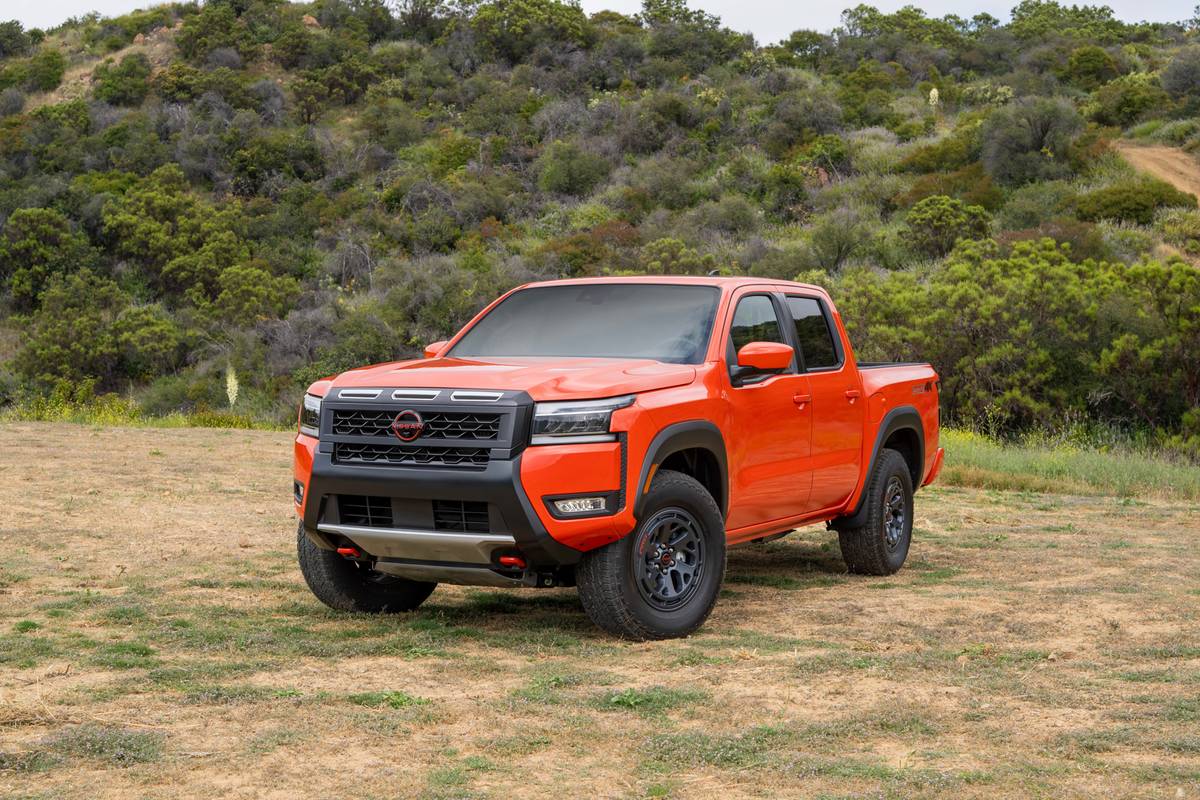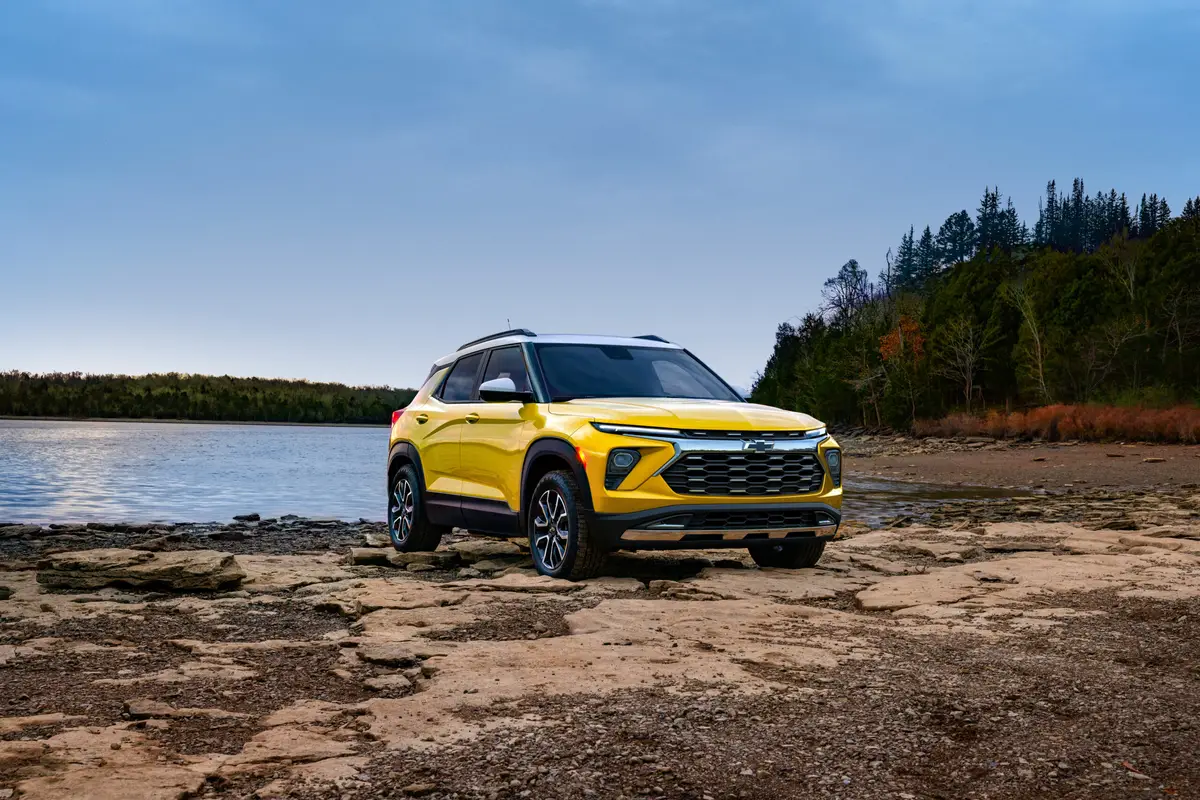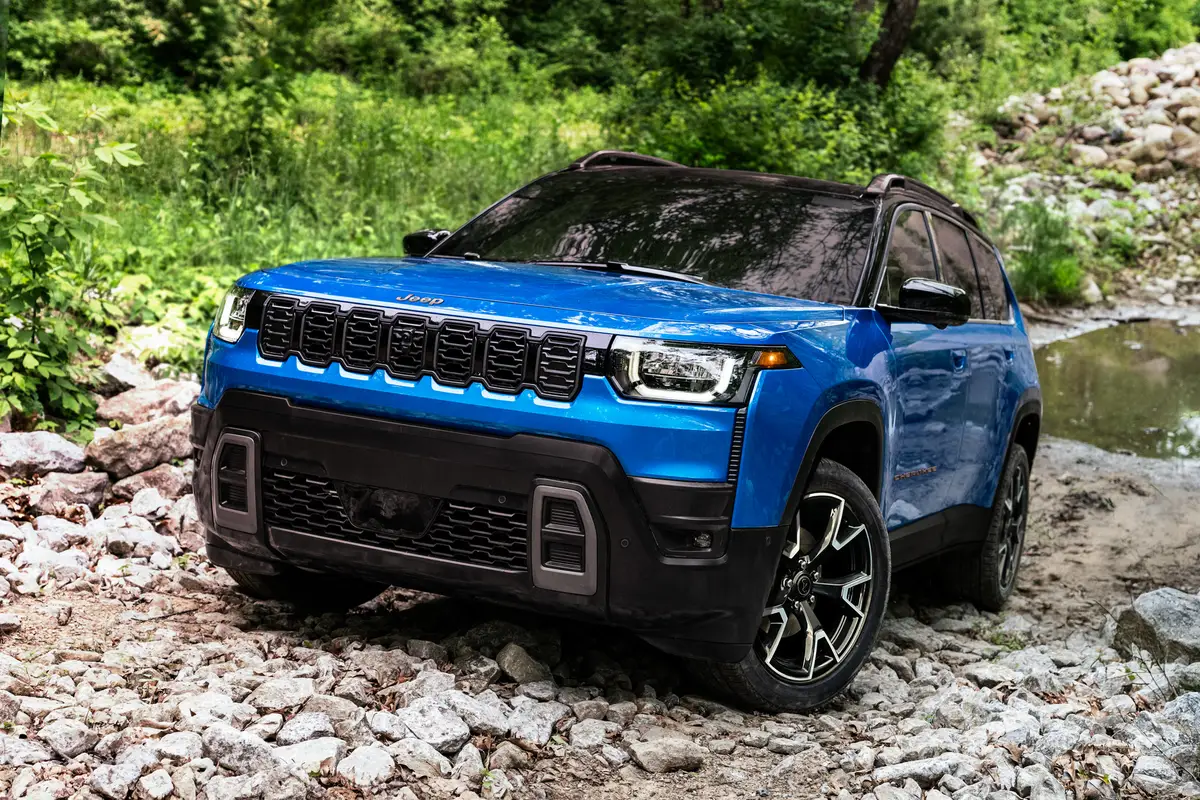chicagotribune.com's view
No. 1 son summed it up rather well.
“This car isn`t only quick, it`s comfortable-and it`s a Camaro.“
The Chevrolet Camaro always has been stylish. It typically also has had ample power, except in the early `80s when, in the interest of fuel economy, a 4-cylinder engine was stuck under the hood.
But the Camaro has not been the type of car you traveled in for more than a few miles before the buckboard, bone-jarring ride and cramped interior started you second-guessing the wisdom of the purchase.
For 1991, the focus on the Camaro has been “conspicuously refined creature comforts,“ a rather scholarly way to say that you should keep the pillow to sit on but can cancel the appointment with the chiropractor after any tour in the machine.
We test drove the new `91 Z28, what Chevy now calls the top-of-the-line Camaro. The IROC name has been dropped and Z28 resurfaced as the designation since Chevy chose not to renew its contract with the International Race of Champions (IROC) racing series, effective Jan. 1.
The IROC split prompted Chevy to have a brief 1990 model run last fall and then switch over to the `91 designation and make some changes in the machine several months early.
There won`t be any dramatic change until the 1993 model year, when the long awaited Camaro replacement appears.
Chevy has been in the throes of a debate over a front-wheel-drive, plastic-body successor to the rear-wheel-drive metal-body Camaro for some time. In December, corporate approval was granted to bring out a rear-wheel- drive metal/plastic replacement for the 1993 model year.
The `91 Camaro retains the long hood/short deck heritage from the first one that appeared in the 1967 model year. For `91, there have been some refinements in the Z28, such as new front and rear facias, aero rocker panels and a high-mounted third brake lamp under the glass hatch lid.
The Z28 also adds a larger rear spoiler and a couple of decorative hood domes. A Chevy bowtie logo sits on the nose. Lower body stripes and decals no longer are used as fashion add-ons.
Chevy boasts that the suspension system has been refined. True. And what a welcome relief. You`re not bounced and jostled around as much as in a typical Camaro. But if you`re looking for a soft, cushy ride, you`ll have to settle for the full-size Caprice sedan, not the compact Camaro sports coupe.
You get above average lateral control, which is especially noticeable in tight turns and corners. But you still have to put up with the effects of a stiff suspension in terms of considerable up and down movement when the road surface isn`t level.
You`ll also feel most of the tar marks in the road. But it`s not like past Camaros when you`d just about feel the road surface while standing still and want to reach for a saddle when the pavement wasn`t smooth.
The Z28 we drove had Goodyear Eagle GT 16-inch u nidirectional performance tires. Those treads provided exceptional road grip, even with some quick starts on moist pavement.
We aren`t so sure the suspension system should take all of the credit for easing the amount of road harshness transmitted back into the car. Hats off as well to those who designed the wide and soft bucket seats that relieve the aches and pains associated with travel in a Camaro.
The seats in the Z28allow for long-distance cruising in relative comfort. They also sport a side wing to hold occupants in place in corners and turns.
Though front seats are comfortable and room is rather ample, the rear seat serves little purpose. Camaro is built on a short 101-inch wheelbase but is 192.6 inches long.
That allows for the long hood/short deck but doesn`t allow for much back seat room. A couple of very tiny tykes will fit; teens or adults won`t unless they have a sardine fetish. The rear seatbacks fold to increase what little cargo carrying room the car has and probably should be left down to discourage humans from trying to squeeze in.
A 230-horsepower, 5-liter, V-8 is standard in the Z28 with a choice of 5- speed manual transmission or 4-speed automatic. Our car was blessed with the optional 245-h.p., 5.7-liter, V-8 that boasts higher horsepower (245 at 4,400 r.p.m. versus 230) and higher torque (345 foot pounds at 3,200 r.p.m. versus 300). The 5.7 is offered with4-speed automatic only.
The numbers mean the Z28 is lively and quick. Punch the pedal and the 5.7-liter snaps you back into those thick bucket seats. Whether accelerating off the line, down the merger ramp or into the passing lane, there`s no lag time or hesitation before the 5.7 responds. Yet the EPA fuel economy rating is a respectable 17 miles per gallon city/25 m.p.g. highway.
Unfortunately, though the Z28 features four-wheel disc brakes to harness all the power, it doesn`t offer antilock brakes. The system probably won`t be added until the new model bows in 1993.
As with all Camaros, the Z28 comes with driver side air bag as standard, but antilock brakes would make for an ideal package and would help bring insurance rates down.
With its sports personality, the Z28 that requires two phone calls before signing on the dotted line-the first one to your insurance agent to determine whether you can afford the premiums, the second to your bank to determine whether you can afford the monthly car payment after that insurance premium is tacked on.
Two final items worth noting:
– The front-seat shoulder belts fit snugly without rubbing against the neck, a departure from most GM belts that seem to be designed by a noosemaker;
– If your driveway has a steep lip, try maneuvering the car over it to determine whether the low-slung front air dam will make it before you buy the car.
Base price of the Z28 is $14,615. Standard equipment includes power brakes and steering, AM-FM stereo with digital clock, tinted glass, tilt wheel, side window defoggers, compact spare tire, intermittent wipers, center console, carpeting, leather-wrapped steering wheel, 16-inch aluminum wheels, FE-2 ride and handling suspension, Scotchgard fabric protector, pass key theft deterrent and air bag.
Our test car added optional leather seats at $800, the 5.7-liter V-8 at $300, 4-speed automatic at $515, unidirectional tires at $400 and Delco-Bose stereo at $875.
It also had a preferred equipment package for $2,163 that included power seats, power door locks/windows/mirrors, carpeted floor mats, bodyside moldings, air conditioning, dome and reading lamps, visor vanity mirror and cruise control. There also was a performance package at $466 that included higher rear axle ratio, four-wheel disc brakes, engine oil cooling system and performance exhaust. With the options, the car stickered at $20,134 plus $459 for freight.
Latest news



